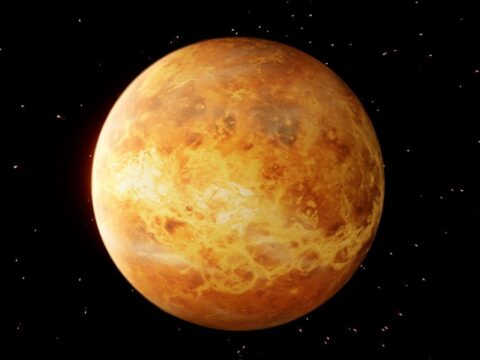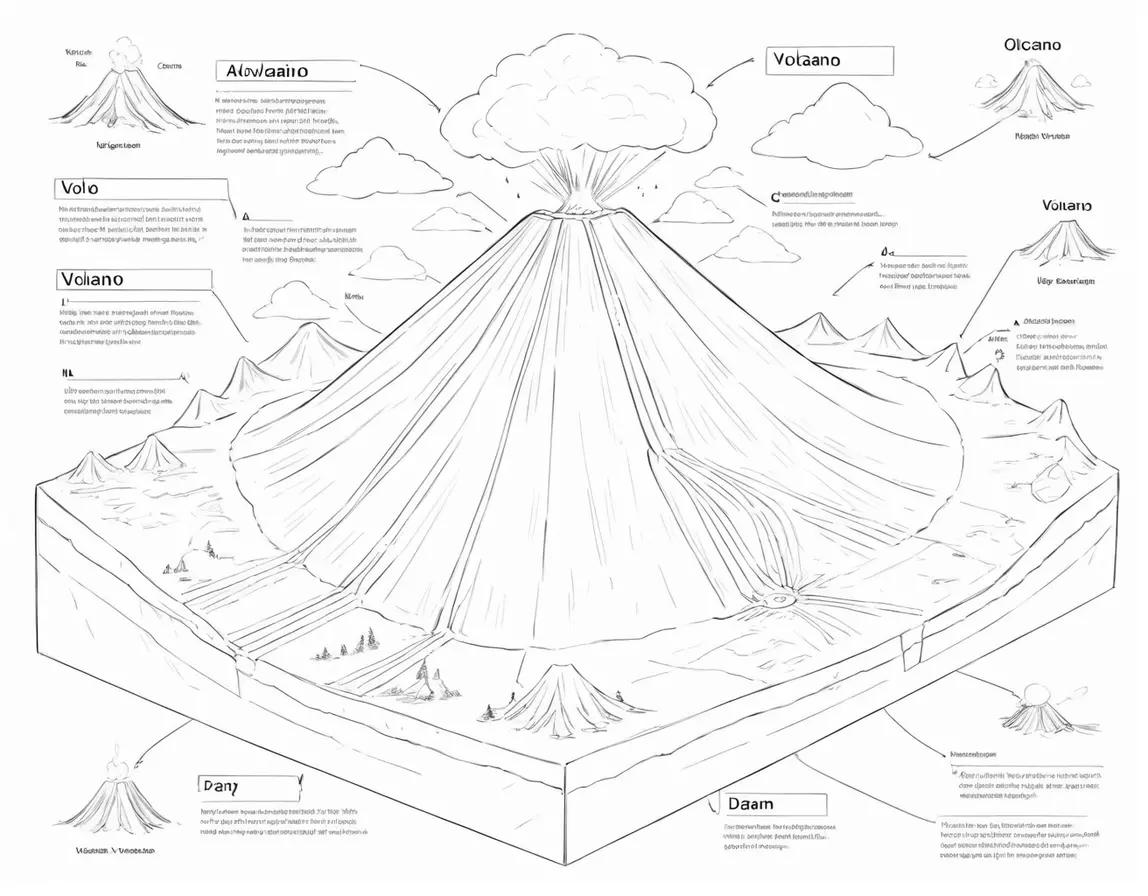
Saturn, the sixth planet from the Sun, is an iconic celestial body renowned for its stunning ring system. This gas giant, characterized by its majestic rings and diverse moons, stands as a captivating subject of scientific exploration.
In this comprehensive exploration, we delve into Saturn’s physical characteristics, the intricate details of its ring system, atmospheric dynamics, and the significance of its moons in the broader context of planetary science.
Physical Characteristics:
With a diameter of roughly 116,460 kilometers (72,366 miles), Saturn is the second-largest planet in our solar system, trailing only Jupiter. Its low density, mostly composed of hydrogen and helium, allows Saturn to float in water. The planet lacks a solid surface, transitioning from its outer layers to a dense core of rock and metal.
Saturn’s most distinctive feature is undoubtedly its spectacular ring system, a complex and intricate structure that encircles the planet. Composed of countless particles, ranging from tiny ice grains to larger chunks of rock, these rings add to Saturn’s allure and contribute to ongoing scientific inquiries.
Ring System:
Saturn’s ring system is a masterpiece of cosmic architecture, consisting of multiple concentric rings labeled with the letters A, B, and C, along with the Cassini Division and additional fainter rings. The rings are predominantly composed of water ice, with traces of other materials, and they extend over 282,000 kilometers (175,000 miles) from the planet.
The Cassini Division, a region devoid of dense ring material, divides the A ring, which is closest to Saturn, from the B ring. The B ring, the most prominent and reflective, is followed by the fainter C ring. Beyond these, numerous smaller and fainter rings contribute to the intricate tapestry that makes Saturn one of the most visually striking planets in our solar system.
The dynamic interactions within Saturn’s ring system involve gravitational forces, collisions between particles, and the influence of nearby moons. These interactions create unique structures such as ring spokes, and waves, adding to the complexity and beauty of the system.
Moons of Saturn:
There are over 80 known moons orbiting Saturn, making up a diverse family. The largest moon, Titan, stands out as the second-largest moon in the solar system and possesses a thick atmosphere, primarily composed of nitrogen. Titan’s atmosphere, rich in organic compounds, has made it a focal point for scientific exploration, with the Cassini-Huygens mission providing detailed insights into its surface features.
Enceladus, another notable moon of Saturn, exhibits geysers of water vapor and icy particles erupting from its south polar region. This discovery has fueled speculation about the potential subsurface ocean beneath the moon’s icy crust, making Enceladus a target for future exploration in the search for extraterrestrial life.
Atmospheric Dynamics:
Saturn’s atmosphere is characterized by colorful bands and cloud patterns, similar to those found on Jupiter. The planet’s rotation, completed in just over 10 hours, creates distinct zonal wind patterns and atmospheric belts. Saturn’s equator rotates faster than its poles, a feature known as differential rotation.
The hexagonal-shaped storm at Saturn’s north pole is one of its most mysterious and fascinating features. This persistent and intricate atmospheric pattern, first observed by the Cassini spacecraft, remains a subject of ongoing scientific investigation. The cause of the hexagon’s formation and its stability over time are still not fully understood.
The Gas Giant’s Magnetic Field:
Due to electrical currents in the planet’s metallic hydrogen interior, Saturn has a strong and intricate magnetic field. This magnetic field is about 20 times stronger than that of Earth, extending far beyond the planet and affecting its environment, including its rings and moons.
The interaction between Saturn’s magnetic field and the solar wind, a stream of charged particles emanating from the Sun, creates an expansive magnetosphere. This magnetosphere not only protects Saturn from the solar wind but also influences the dynamic interactions within the planetary system.
Exploration and Scientific Missions:
Saturn has been the subject of several space missions, with the most notable being the Cassini-Huygens mission. Launched in 1997, the Cassini spacecraft spent over 13 years studying Saturn, its rings, and its moons. The Huygens probe, which Cassini released, successfully landed on Titan and provided useful information about the moon’s atmosphere and surface.
These missions have significantly expanded our understanding of Saturn’s complex system, revealing details about its atmospheric composition, ring dynamics, and the geologic features of its moons. Ongoing and future missions aim to further unravel the mysteries of this ringed wonder.
One of the most interesting planets in our solar system is Saturn, which has a beautiful ring system, many different moons, and a complicated atmosphere. Understanding how planets form and change over time is easier when you look at Saturn’s unique traits. We learn more about the bigger forces that shape the universe’s scenery and add to the rich tapestry of our neighborhood in space as we continue to explore and study this gas giant.



















